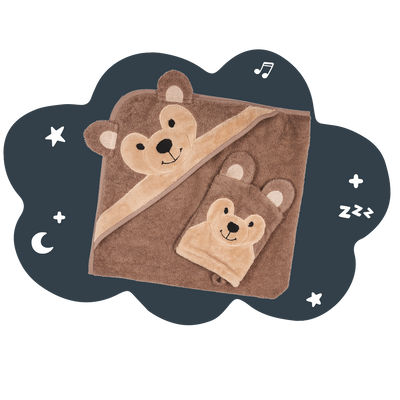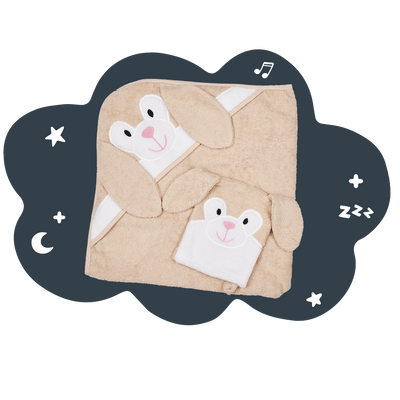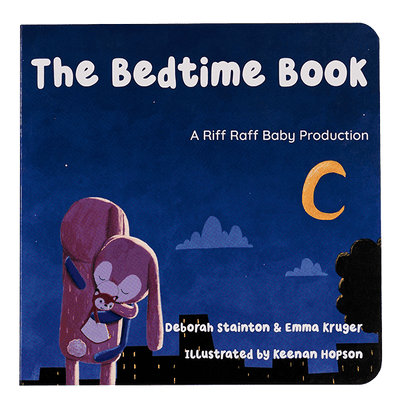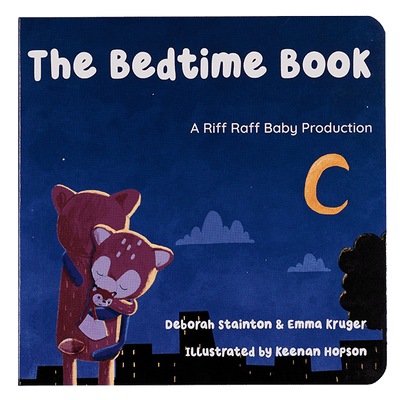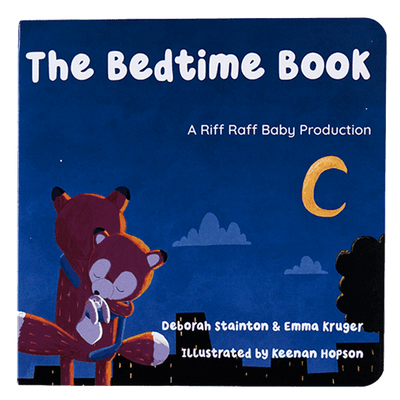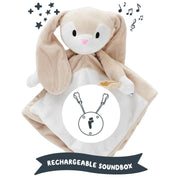The Difference between Self Soothing & Self Settling
Spending my days as a sleep consultant often means working through sleep misconceptions, and myths. One of the topics I often cover is the difference between a baby self settling and self soothing.
As a parent (or mum to be) it probably didn’t take long to come across the terms ‘self settling’ and ‘self soothing’. They’re both important skills however many consider them to be one and the same (it’s easy to do) but self settling and self soothing are very different.
If you’re reading this bleary eyed and on your third reheat of your morning coffee, you’ll be happy to know understanding these two terms can improve your little one’s sleep and ultimately your bond and attachment. Let’s jump into self settling vs self soothing.
What is self settling? How does a baby self settle to sleep?
Self-settling as the name suggests, is about settling yourself to sleep or going from an awake state to asleep without someone doing it for you.
It’s the physiological process of falling asleep which relates to subcortical control of the brain and is also involved in complex activities such as memory, emotion, pleasure and hormone production.
Developmentally speaking, some babies can self settle from birth (albeit this is not as common as us parents would hope) however with the right temperament, sleep structure and given the opportunity to try, it is possible.
Take a look at the breakdown of settling to sleep by age.
Age appropriate expectations for settling to sleep.
Birth to 3 months -
Most newborns need hands on assistance to transition from awake to asleep. This looks like feeding, rocking, holding, sucking etc and is a time often referred to as the fourth trimester as our babies transition from womb life to room life.
4-5 months +
As a baby’s circadian rhythm develops and their sleep cycles mature, we witness a change in sleep patterns. (This is a great opportunity to work on self-settling to promote longer blocks of consolidated sleep and master the important art of self-settling).
Expert Tip:
This doesn’t mean specific sleep training methods and can be achieved by mini goals of gradual reduction in hands-on support over days, weeks or even months. Just remember you need to be comfortable with the mini goals.
What is self soothing? Understanding the difference between self soothing and self settling.
Now that we know what self settling is, on the flip side self soothing is the ability to regulate emotions which is a skill developed throughout childhood, teenage years and even into adulthood! Yes, from time to time even us adults require assistance with self-soothing.
As crazy as it sounds, research supports that on average it takes until women are in their 20’s and men are in their 30’s to master the art of self soothing.
As a parent, self soothing is something you and your baby learn over time and your role is to support your baby through the full spectrum of life’s emotions (co-regulating).
Co-regulating and being responsive to your baby creates strong attachment and foundations not only for sleep but your baby’s everyday life.
As adults we feel better when we give ourselves permission to have emotions! Your baby is no different. They should always know their emotions are ok. We don’t want to suppress our baby’s emotions now or throughout their life.
We want our children to learn emotions, name them and understand they’re healthy to have. Learning the full spectrum of emotions that fluctuate from happy, elated, joyful, hopeful, cheerful all the way to the flip side of uncomfortable emotions such as sad, disappointed, fear, angry, frustrated and exhausted is all part of learning to self-soothe.
The goal is to teach our babies all feelings are ok and help them know without a doubt they’re accepted and don’t ever have to walk their emotions alone.
Self settling and self soothing really are so different right?
To recap, when you think self settle, think falling asleep independently. When you think self-soothe, think welcoming emotions and finding a way to regulate them.
Whilst the two are very different they work together as we do our best to set our baby up for sleep success and emotional intelligence.
Always follow safe sleep guidelines and use under adult supervision with infants under 7 months.
Kelly Martin is a Certified Infant and Child Sleep Consultant and mother of 3 girls. She has a holistic and evidence based approach to supporting families to develop and maintain healthy sleep foundations without compromising on their parenting style. Sleep deprivation doesn't need to be the long-term experience of early childhood. Education and support is available.
Need more information? Check out my website for a variety of blogs to help you on the path to better sleep. The topics I cover include catnapping, early rising as well as fourth trimester realistic expectations and more.
With Love,
Kelly













